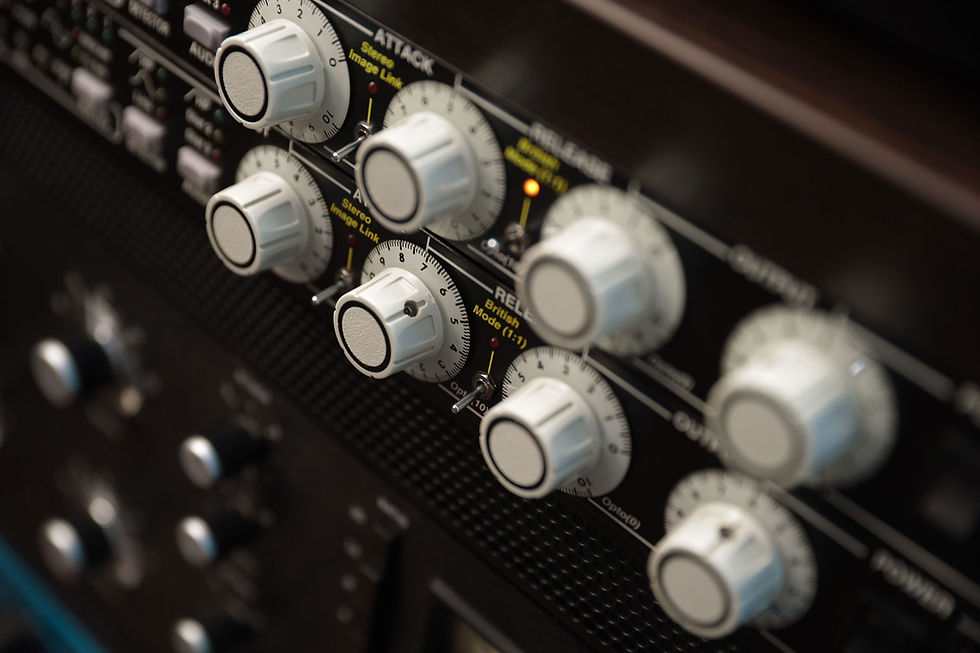4 Essential Tips for Mixing Great Drum Tracks
- Max Saidi

- May 12, 2022
- 2 min read
Updated: Feb 19, 2023
It's no secret that mixing drums can be one of the most challenging tasks in mixing audio. But with the right tips and advice, it can be a lot easier. This blog post will discuss some essential tips on mixing great-sounding drums into any song. I'll also talk about some of my go-to plugins for creating excellent drum mixes that I rely upon daily in my studio.
1. EQ
First, make sure your drum tracks are correctly EQ'd. This is perhaps the most crucial step in getting great-sounding drums. If your drums sound muddy or have too much low end, they'll interfere with other frequencies and muddy up the rest of your mix. I recommend using a high-pass filter (especially on overheads) to remove unwanted frequencies and boost the highs and mids to taste.
While there might be a few ground rules to follow when EQing, there's no right or wrong way most of the time; trust your ears.

2. Compression
Second, adding some compression to your drums can bring them to life. This will help even out the levels of your drums and make them sound more punchy. The sky's the limit here; experiment and have fun with your favourite audio compressor settings.
Tip: Fast attack times will give your drums plenty of punch, whilst slower attack times will help to even out the levels and give your drums a more natural sound.

Did you know: If you hire me to record drums on your song, I offer a stereo drum mix that you can simply drag and drop straight into your recording session! No mixing is required.
3. Reverb
Third, add some reverb to your drums. This will create a sense of space and make your drums sound bigger – but be careful not to go overboard; less is often more when it comes to reverb. I recommend using a short, bright-sounding reverb with a fast decay time. This will help add some air to your drums without muddying up the rest of your mix.
Tip: experiment by adding a gate to your reverb. This will help control the amount of reverb decay and prevent it from washing out the rest of your mix.

4. Experiment with saturation, distortion and bitcrusher plugins!
Saturation, distortion and bitcrusher plugins can all be used to add some extra character to your drums. I often use saturation plugins on kick drums to add some extra body and low end. Distortion plugins can add some grit and bite, whilst bitcrusher plugins can be used to add a vibey lo-fi character.
Final thoughts
As always, trust your ears and have fun experimenting! These are just a few tips that I use when mixing drums – there are no hard and fast rules. The most important thing is to get creative and experiment until you find what sounds best for your song.
I hope you've found this blog post helpful. These are just the basics of mixing drums, but they're a great starting place.
If you have any questions or are interested in hiring me to record live drum tracks on your next project, get in touch, and we'll chat about what I can do for you!


Comments